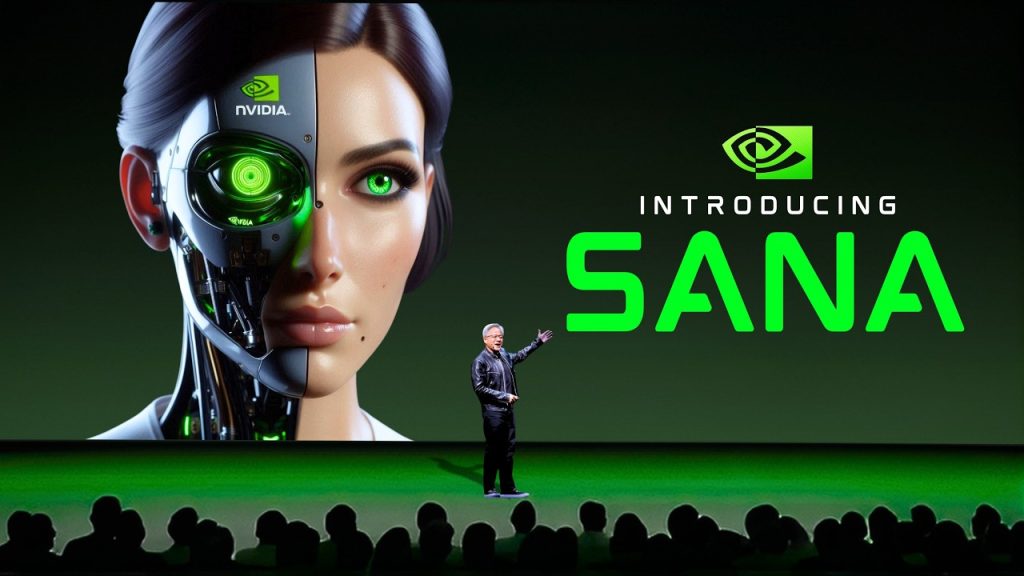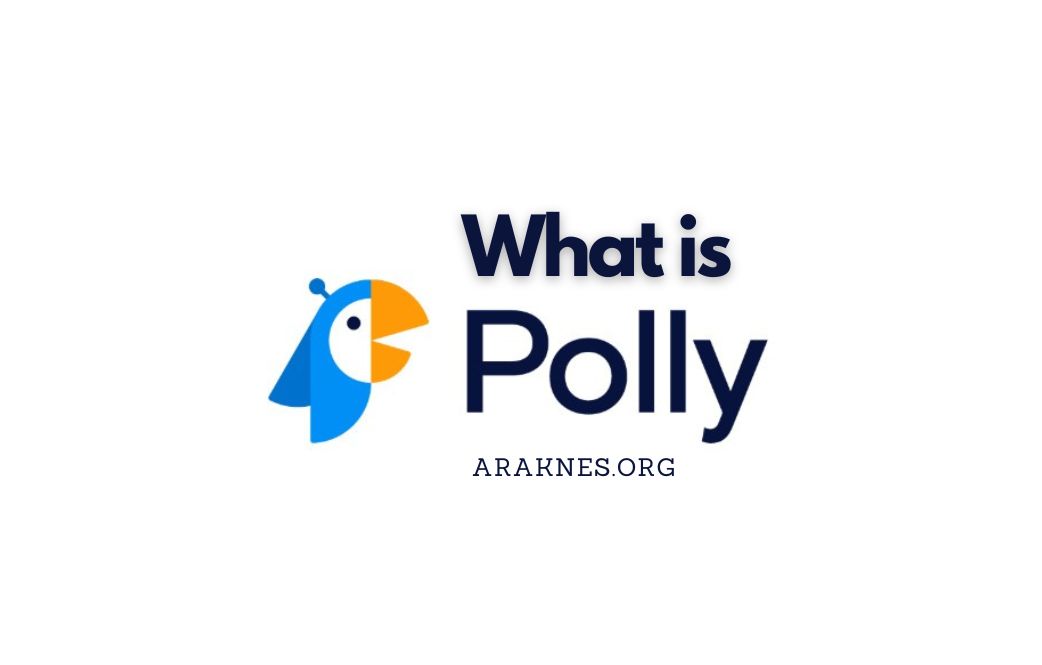Nvidia’s latest AI development, Sana Ai, marks a significant breakthrough in image generation, bringing 4K capabilities to consumer-grade devices. Imagine creating ultra-high-resolution images on a standard laptop with only 16GB of GPU memory—Sana makes this possible by using advanced processing techniques that prioritize both speed and quality. This article dives into how Sana works, its standout technologies, and its real-world performance, as well as how it compares to other AI models in this space.

High-Quality 4K Image Generation on Consumer Hardware
Historically, creating 4K images required high-end GPUs, as seen with models like Stable Diffusion. Nvidia saw the demand for high-quality, accessible image generation and responded with Sana, a model that works efficiently on standard laptops. Utilizing an innovative compression system, Sana AI produces images with fewer computing resources, resulting in a user-friendly solution that broadens access to AI-powered art.
Online Demo: https://nv-sana.mit.edu/
Link: https://github.com/NVlabs/Sana
Link: https://huggingface.co/collections/mit-han-lab/dc-ae-670085b9400ad7197bb1009b
What Makes Sana So Fast?
Sana’s speed is attributed to three main technologies that redefine efficiency in image generation:
- Deep Compression Autoencoder: This feature compresses image data down to just 3% of its original size, allowing quick processing without sacrificing detail. Even complex images maintain their intricacy, offering creators a fast, high-quality experience.
- Gemma 2 LLM for Text Prompts: Text-based prompts are managed by the Gemma 2 large language model, which interprets user input with exceptional nuance. Instead of requiring advanced hardware, Gemma 2 interprets complex commands like “sunset over misty mountains with ancient ruins,” capturing not only the scene but also the atmosphere and light effects.
- Linear Diffusion Transformer (LDT): Replacing the UNet model used in other systems, LDT streamlines the image generation process. This method allows Sana to quickly transition from noise to the final image, minimizing rendering time while maintaining detail.
These elements make Sana a top choice for artists, designers, and developers looking for efficiency without needing advanced computing power.
Benchmarking and User Testing: Does Sana Deliver?
In early testing, Sana demonstrated its ability to generate 4K images in under 10 seconds—significantly faster than competing models. For instance, generating a 1080p image on other systems may take just as long as Sana’s 4K rendering. Sample tests with prompts like “a hand-drawn illusion of a giant spider chasing a woman” showed Sana’s precision in capturing both eerie details and specific styles. In cases of realistic scenes or surreal designs, Sana showcased flexibility, handling a variety of artistic styles effortlessly.
However, like many AI art models, Sana has limitations with text generation on images, often struggling to reproduce specific words accurately. For users needing text-rendering capabilities, this could pose challenges, but for general image generation, Sana holds its own against larger models.
Benefits and Limitations: The Pros and Cons of Sana
Sana’s biggest strength lies in its balance of speed and accessibility. Creators now have the ability to produce high-resolution images without high-end hardware, opening up opportunities for those working with standard devices. This democratization of AI art allows independent creators and small studios to compete with bigger names, without a steep hardware investment.
However, while Sana provides remarkable capabilities, certain aspects could still be refined. For instance, some users noticed minor inconsistencies in textures, like fabric details, when tested on complex scenes. Though these issues don’t overshadow its benefits, they highlight areas where future updates could improve the model’s performance.
Open-Source Potential: Sana and the Future of AI Art
Nvidia’s choice to release Sana as an open-source model has garnered attention from developers and artists alike. Open-source AI enables the community to innovate and refine, providing endless opportunities for customization. While the unique structure of Sana—especially its deep compression and LDT framework—might require time for developers to adapt, the potential for enhancements and new applications is vast.
The open-source nature of Sana encourages rapid advancements but also raises concerns about responsible use, as with any powerful AI tool. Nvidia has yet to disclose any content restrictions or filters for Sana, placing the responsibility on the community to manage ethical considerations.
What Sana Means for Creators and the AI Art Community
For artists and digital creators, Sana introduces a game-changing capability: generating 4K images on standard hardware in seconds. As a flexible model, Sana provides greater creative freedom, removing barriers often seen with limited-capability AI. With the rise of AI-generated art, Sana’s user-friendly design meets a growing demand for accessible tools, empowering independent creators.
Nvidia’s uncensored approach further appeals to artists seeking complete control over their work. This feature contrasts with other models that impose restrictions on content types, allowing users to explore artistic expressions without limits.
Final Thoughts
Nvidia’s Sana is set to impact the world of AI art profoundly. Its unique combination of speed, efficiency, and accessibility challenges larger, more demanding models in a competitive market. With features like deep compression, Gemma 2, and LDT, Sana is a valuable tool for artists and developers, bridging the gap between consumer-grade hardware and professional-grade results. The open-source release of Sana will likely accelerate innovation, inviting creators and developers to shape its future, marking an exciting era for AI-powered creativity.






Leave a Reply